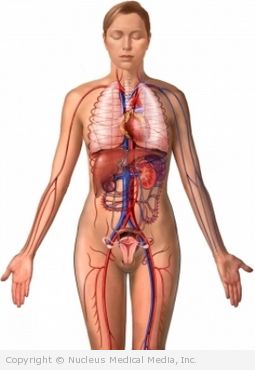Female sexual dysfunction
Female sexual dysfunction – Definition
Female sexual dysfunction refers to recurrent problems during any phase of the sexual response cycle (excitement, plateau, orgasm, resolution) that causes distress or negatively affects your relationship with your partner. This condition affects 43% of women of all ages and is most common in those aged 45-64.
Female sexual dysfunction – Causes
The following factors tend to be interconnected:
Physical
Conditions that may cause problems with sexual function include diabetes, heart disease, cancer, neurological disorders (depression, anxiety, history of sexual abuse), arthritis, fatigue, headaches, urinary or bowel difficulties, alcoholism, and drug abuse. The side effects of certain medications, including antidepressant drugs, blood pressure medications, and chemotherapy drugs, can affect sex drive and functioning.
Hormonal
During menopause in particular, estrogen levels decrease, which can cause changes to occur in your genital tissues and your sexual responsiveness. Intercourse may become painful ( dyspareunia), and/or it may take longer for you to achieve an orgasm.
Psychological
Untreated emotional and psychological issues need to be addressed for treatment to be effective. Factors that affect sexual functioning may include anxiety, depression, stress, sexual abuse in the past, self-perception during and after pregnancy, and conflict with you partner.
Female sexual dysfunction – Risk Factors
Defining sexual dysfunction as such is largely dependent upon your own perception of sexual difficulties and your relationship with your partner.
A risk factor is something that increases your chance of getting a disease or condition. Risk factors include medical conditions or diseases, hormonal changes, side effects of medications, and psychological and social conditions.
Female sexual dysfunction – Symptoms
Symptoms of sexual dysfunction include experiencing personal distress because of one or more of the following:
- Low sexual desire — You have a lack of interest in sex and experience poor libido.
- Inability to become aroused — Although your desire to have sex may exist, you are unable to become physically aroused or to maintain arousal during sex. This may be due to insufficient vaginal lubrication, anxiety, or lack of clitoral/vaginal sensation.
- Orgasmic disorder — You consistently have difficulty achieving sexual climax, or are unable to do so.
- Pain during intercourse — You experience pain during sexual stimulation and/or penetration. Vaginismus is an involuntary, painful vaginal contraction that inhibits penetration.
Female sexual dysfunction – Diagnosis
Your doctor will ask about your symptoms, medical history, sexual history, and the medications you take. Your doctor will also conduct a gynecologic exam.
The diagnostic process may include:
- Swabs of vaginal fluid to evaluate for infection or bacterial imbalance
- Cervical swabs to test for sexually transmitted diseases (STDs)
- Urine tests
- A pelvic exam to check for signs of physical changes, including thinning of genital tissues, decreased skin elasticity, and scarring
- A psychological evaluation of possible contributing factors, such as anxiety, depression, past sexual abuse, and relationship problems
Female sexual dysfunction – Treatment
Because of the multifactorial nature of the disorder, both medical and nonmedical treatments may be recommended.
Medical treatments address the underlying conditions, and include the following:
- Changing medication that may have sexual side effects
- Treating depression and anxiety
- Using vaginal lubricants to relieve dyspareunia, vaginal dryness, and irritation
- Possible hormone therapies — These include estrogen replacement therapy (ERT) and androgen therapy.
- Estrogen supplementation, such as the low-dose estradiol skin patch, can help with vaginal pain and dryness.
- Androgen therapy includes the controversial use of testosterone treatment for sex drive/libido. The treatment is not approved by the US Food and Drug Administration (FDA) at this time and is only to be used under medical supervision.
Other treatments to improve sexual health and decreased desire include:
- Working with a sex therapist
- Making lifestyle changes to improve your overall health (for example, diet and exercise)
- Strengthening your pelvic muscles by doing Kegel exercises
Female sexual dysfunction – Prevention
You can’t avoid all the risk factors for female sexual dysfunction. However, the steps below will help you avoid certain risk factors.
- If a medical condition is the cause, follow the treatment.
- If medications are the problem, ask your doctor about changing the medication or the regimen.
- Avoid emotional stress.
- If interpersonal conflict is the cause, try relationship counseling.

